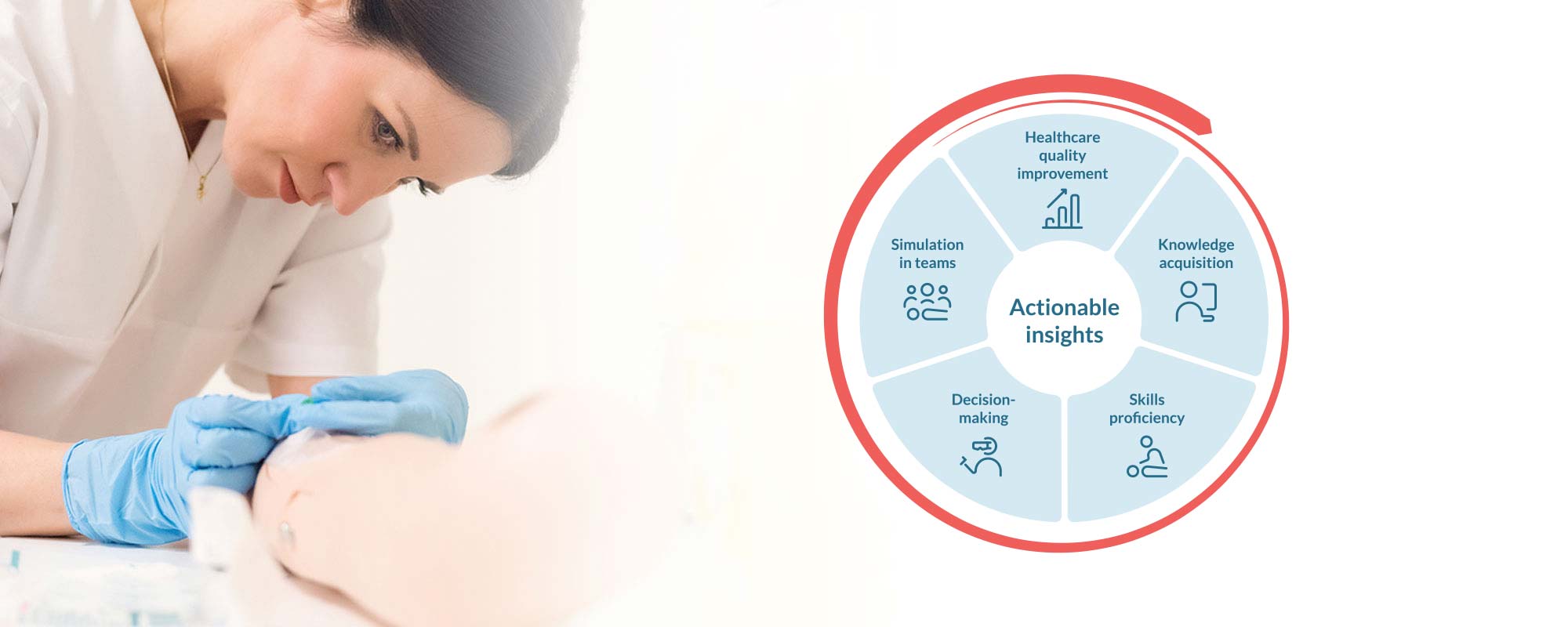References:
1. Le Morvan, P. & Stock, B. (2005). Medical learning curves and the Kantian ideal. Journal of Medical Ethics, 31(9); 513-518.
2. Adinma, J. (2016). Litigations and the obstetrician in clinical practice. Annals of Medical and Health Sciences Research, 6(2); 74-79. doi: 10.4103/2141-9248.181847
3. Mavroforou, A., Koumantakis, E., & Michalodimatrakis, E. (2005). Physician’s liability in obstetric and gynecology practice. Med Law, 24(1); 1-9.
4. Institute for Healthcare Improvement. (2012, May 30). Expedition: Preventing obstetrical adverse events. Retrieved from http://www.ihi.org/education/WebTraining/Expeditions/PreventingObstetricalAdverseEvents/Pages/default.aspx
5. The Doctor’s Company. (2017). Tips for reducing medical malpractice claims in obstetrics. Retrieved from http://www. thedoctors.com/KnowledgeCenter/PatientSafety/articles/Tips-for-Reducing-Medical-Malpractice-Claims-in-Obstetrics
6. Fialkow, M.F., Adams, C.R., Carranza, L., Golden, S.J., Benedetti, T.J., & Fernandez, R. (2014). An in situ standardized patient based simulation to train postpartum hemorrhage and team skills on a labor and delivery unit. Simulation in Healthcare: The Journal of the Society for Simulation in Healthcare, 9(1): 65-71. doi:10.1097/SIH.0000000000000007
7. John’s Hopkins Medicine. (n.d.). Partial task models. Retrieved from http://www.hopkinsmedicine.org/simulation_center/ training/manikin_based_simulations/partial_task_models.html
8. Ibid
9. Galloway, S. (2009). Simulation techniques to bridge the gap between novice and competent healthcare professionals. American Nurses Association Periodicals, 14(2). Retrieved from http://www.nursingworld.org/MainMenuCategories/ ANAMarketplace/ANAPeriodicals/OJIN/TableofContents/Vol142009/No2May09/Simulation-Techniques.html#Galloway
10. Flynn, K. (2012). The use of standardized patients to minimize anxiety in undergraduate nursing students in the clinical setting. Retrieved from http://sophia.stkate.edu/cgi/viewcontent.cgi?article=1057&context=ma_nursing
11. Crofts, J.F., Winter, C., & Sowter, M.C., (2011). Practical simulation training for maternity care – where we are and where next. BJOG: An International Journal of Obstetrics & Gynaecology. 118(3): 11-16. doi: 10.1111/j.1471-0528.2011.03175.x
12. Lopreiato, J.O. (2016). Healthcare simulation: Dictionary. Rockville, MD: Agency for Healthcare Research and Quality
13. Coffey, F. Tsuchiya, K., Timmons, S., Baxendale, B., Adolph, S., & Atkins, S. (2016). Simulated patients versus manikins in acute-care scenarios. Clin Teach, 13(4): 257-61. doi: 10.1111/tct.12425
14. Laerdal Medical. (n.d.). Hybrid simulation for labor and delivery offers greater realism and enhances classroom learning. Retrieved from http://www.laerdal.com/distributors/UserStories/48118055/Hybrid-simulation-for-labor-and-delivery-offers-greater-realism-and-enhances-classroom
15. Abersold, M. & Tschannen, D. (2013). Simulation in nursing practice: The impact on patient care. OJIN: The Online Journal of Issues in Nursing, 18(2): Manuscript 6. doi: 10.3912/OJIN.Vol18No02Man06
16. Politi, S., D’Emidio, L., Cignini, P., Giolandino, M., & Giorlandino, C. (2010). Shoulder dystocia: An evidence-based approach. Journal of Prenatal Medicine, 4(3); 35-42.
17. Ibid
18. Beazley Group. (2013). High risk jurisdiction severity trends, Time to closure and obstetric claims trends. Aon/ASHRM Hospital and Physician Professional Liability 2013 Benchmark Analysis. Retrieved from https://www.beazley.com/ documents/Healthcare/Beazley_2013_HPL_Benchmarking_Report.pdf
19. Crofts, J.F., Winter, C., & Sowter, M.C. (See ref #7)








